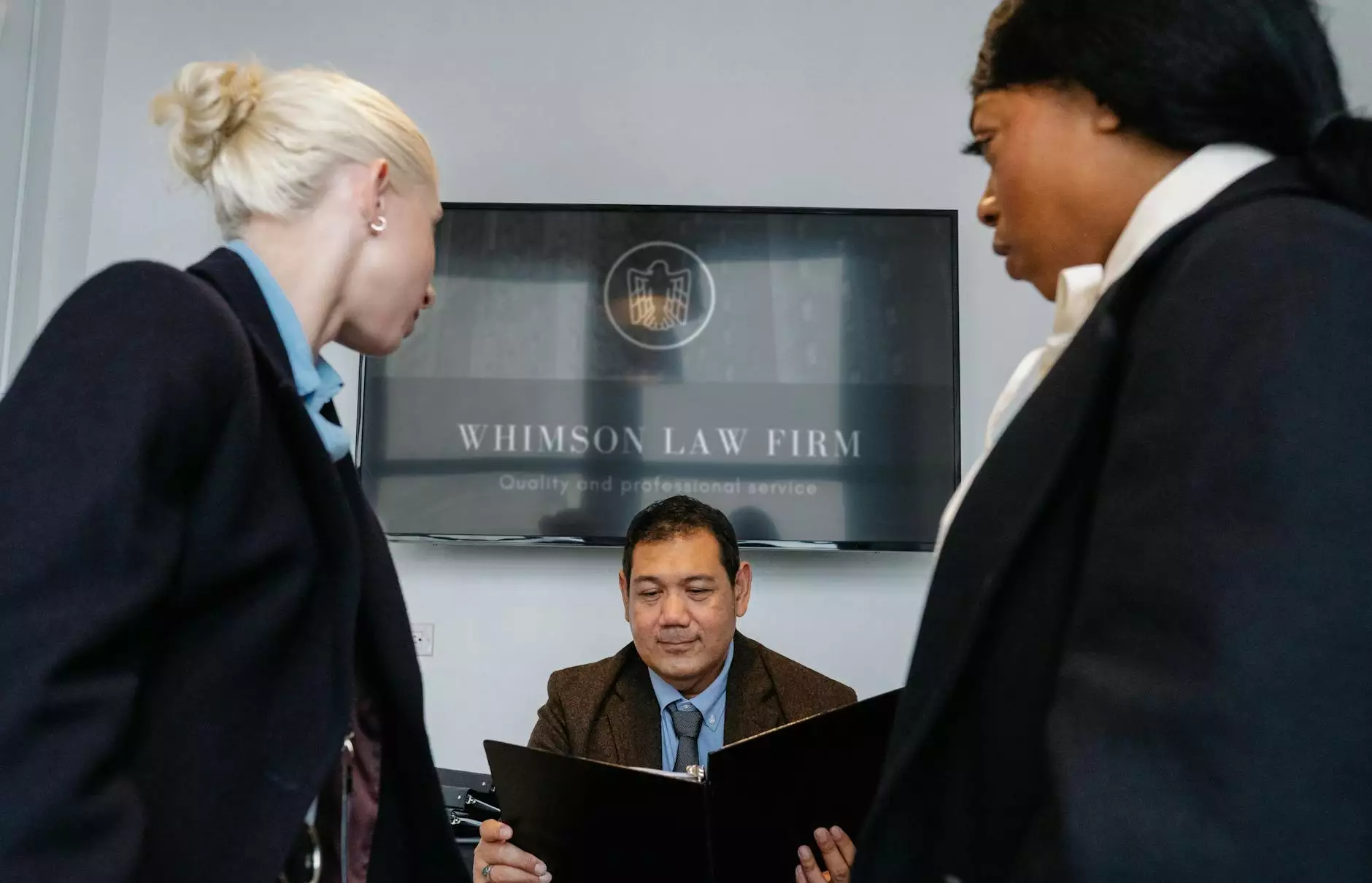Uber Disabled Self-Driving Braking on Autonomous Car that Killed Elaine Herzberg

Welcome to Baytowne Reporting, your trusted source for reliable legal news and information related to law and government. In this article, we will take an in-depth look at the incident involving an Uber self-driving car that tragically resulted in the death of Elaine Herzberg.
Understanding the Incident
On that fateful day, Elaine Herzberg was crossing the street when she was struck by an autonomous vehicle operated by Uber. This incident shocked the world and raised many questions about the safety and reliability of self-driving cars.
The investigation into the incident revealed that the self-driving braking system, which is designed to respond to potential collisions and prevent accidents, had been disabled before the accident occurred. This discovery ignited a heated discourse about the decision-making process behind disabling such a crucial safety feature.
The Disabling of Self-Driving Braking System
It is essential to delve into the reasons why the self-driving braking system was disabled on the autonomous vehicle involved in the tragic accident. Reports indicate that Uber disabled the system in order to reduce the occurrence of false positives, where the vehicle mistakenly perceives an imminent collision and applies the brakes unnecessarily.
This decision was made in an attempt to provide a smoother and more comfortable ride for passengers. However, it also increased the likelihood of accidents when encountering unexpected obstacles or pedestrians, as tragically demonstrated in the case of Elaine Herzberg.
The Legal Implications
The incident sparked a significant legal battle, as various parties sought to hold Uber accountable for the tragic outcome. The legal implications revolve around determining the responsibility of the company, the actions of the safety driver, and the potential liability of autonomous vehicle technology itself.
In the aftermath of the incident, lawmakers and regulators reevaluated the safety standards and regulations surrounding self-driving cars. This tragedy highlighted the need for more stringent guidelines and oversight to prevent future accidents and protect the public.
Moving Forward: Ensuring Safety in Autonomous Vehicles
In light of this incident, it is crucial for both the automotive industry and regulatory bodies to collaborate in establishing higher safety standards in the development and implementation of autonomous vehicle technology.
Companies like Uber must prioritize safety and ensure that advanced safety features, such as self-driving braking systems, are never compromised or disabled. Striking a balance between rider experience and safety is imperative to gain public trust and confidence in self-driving technology.
Conclusion
While the incident involving Uber's disabled self-driving braking system and the tragic death of Elaine Herzberg raised significant concerns, there is hope for safer and more reliable autonomous vehicles in the future. By learning from the mistakes of the past and implementing stricter safety measures, the automotive industry can help prevent similar accidents and protect innocent lives.
Stay informed with Baytowne Reporting for the latest updates on legal news and developments that shape our society.










